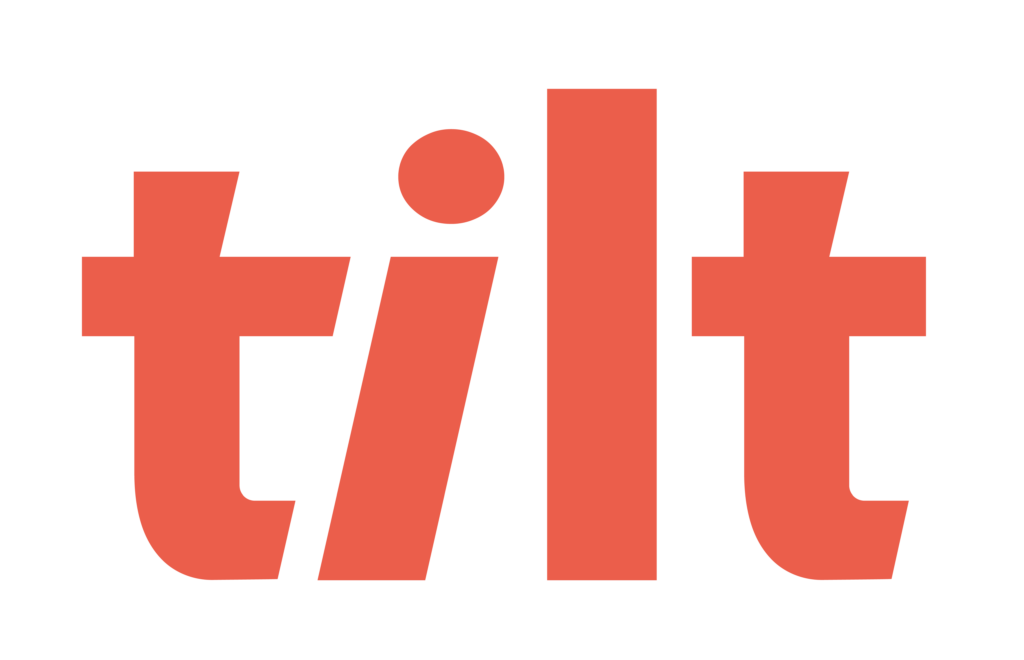Like our parents walking 10 miles to school in the snow, uphill, both ways, myths are seldom based in fact yet manifest in our society to shape certain narratives about how we view the world.
While the origin of myths can rarely be traced back to the source, the narratives they spawn can profoundly impact how our society, and in this case, businesses operate.
Today, the term “automation” gets thrown around by organizations with such frequency that the nuance of what automation actually means for you in HR can get a bit murky.
Myths thrive in the murk.
Below we bring to light 5 popular myths currently swirling around HR automation to help you discern fact from fiction and to qualify and quantify use cases for HR automation that will make the impact your organization is looking for.
Myth #1: All Automation is Essentially the Same
A significant side effect of having a single term like automation be used for so many different purposes is that we tend to assume it would have a single definition. This, of course, would be a myth.
As technology continues to evolve, so too does automation, therefore it’s crucial to recognize that automation is a multifaceted concept and that not all forms of automation are equal. In truth, automation encompasses a spectrum of capabilities, from simple repetitive tasks to complex decision-making processes.
The variation in how automation can be used for organizations like yours means that its impact, implementation, and implications differ significantly across industries and applications.
With more than 50% of an HR team’s time spent on processing employee information and answering questions, and 40% of an HR specialist’s time spent on administrative work like re-entering data from one system into another, the need for automation in HR is far from a myth.
When evaluating automation solutions it’s important to understand what that tool actually does for your existing processes, what it won’t do, and if the automation promised will actually lead to your desired business outcomes.
Tilt Recap: Automation can play a massive role in alleviating many of the manual tasks HR teams are charged with today. That said, not all automation serves the same function, so when evaluating an operation or task to automate, it’s important to determine if the automated solution to that task actually alleviates the burden in the way you expect it to.
Myth #2: My Current HR Processes Are Just As Effective As Automation
Are there any spreadsheet warriors out there reading this? We love a spreadsheet as much as the next person, but even if your manual processes get refined over time and familiarity builds, they’re still subject to the same pitfalls as any other.
Even the most airtight manual processes are prone to:
- Human error
- Workflow friction and a lack of dependability
- Inaccurate, outdated data
- Time wasted transferring data between systems
- No single source of truth
- Strained communication within HR and externally to the business
- Non-optimized workforce planning
- Compliance liabilities
- Task repetition
It’s understandable to have uncertainty when making the switch to an automated system when you’re so familiar with your current process, but there’s a good chance those processes are a tremendous, and unnecessary strain on your team.
HR is being tasked with doing more and more year after year, so identify the most frustrating manual processes your team deals with today, and look toward automated solutions to free them from the mounting stresses they’re facing on a regular basis.
Tilt Recap: Manual processes may feel second nature to you, and perhaps your whole team, but familiarity shouldn’t be confused with effectiveness, efficiency or accuracy.
Myth #3 My HR Team Will Still Be Required To Do Work Even With Automation
This is why Myth #1 is especially important to de-murk. If you’re going to seek a solution to automate a process, make sure when said automation is implemented it doesn’t require the same amount of effort to manage. Further, “automation” tools that aren’t worth their salt can confoundingly compound the process frictions you face today.
Perhaps Myth 3.5 is the unfounded promise that automation will execute every aspect of the function it’s being asked to replace on its own without any human oversight whatsoever.
For critical HR responsibilities, like leave of absence management for example, you’ll want all of the manual tasks to be automated and your multiple systems consolidated, but you won’t want the human element to be completely removed for such a human event in your employees’ lives.
HR automation solutions are only as effective as the results they produce and not every HR function should be left to the robots. There’s still a very human component to the work that you do.
The right automation solution should take your existing manual process and streamline everything in it’s path that technology should be handling, without sacrificing what makes HR human.
Tilt recap: A solution promising automation isn’t worth its salt if the process pain points you implemented it for aren’t relieved. Understanding what automation does, and doesn’t do, for a particular solution will set you up for success when transitioning from an outdated process to an automated one that’s right for you and your organization.
Myth #4: HR Automation Doesn’t Impact The Business Beyond Saving Time
While it’s true that HR automation (depending on the automation, of course) can save HR teams up to 40% of their time that would otherwise be spent on manual tasks, the impacts can go well beyond the time saved.
Continuing the leave of absence management example used earlier, replacing your current process with a dedicated leave software solution saves your team a tremendous amount of time, sure, but by automating leave tracking, calculating pay, developing employee leave plans that are compliant with every state and federal requirement, and providing humans to support your employees, the right solution can create an undeniable ripple effect throughout the organization.
From accidental overpayments to not having a scalable solution for employees to apply for state benefits, employers are often leaving large amounts of money on the table, or are having to have uncomfortable conversations asking employees to pay the company back because they received too much pay.
On that front, a manual leave process is wildly inefficient and frustrating for HR to manage meaning their own happiness and productivity is on the line, as well as the employees they’re trying to support. If employees aren’t supported on a leave, they may be leaving for the exit at the first opportunity.
A more streamlined and supported leave experience makes efficient workforce planning in the wake of unpredictable leaves more than a possibility, it makes it a reality. This means that customers stay supported, institutional knowledge is retained, and strategic initiatives can be more easily achieved.
Tilt Recap: If all HR automation did was save your team time it would still have a tremendous positive impact on your organization, but it can do so much more. In the case of leave of absence management, automation can also help improve workforce planning across the organization, reduce manual data entry errors, ensure accurate pay, and help to avoid compliance issues.
Myth #5: My HR Team Already Has Too Many Tools
DYK: The average organization now deploys 16.24 HR solutions. This is up from 10.23 in 2020! In a word: yowza.
In an economic climate where C-suites have organizational tools and budgets under a microscope, many HR leaders (and finance leaders) are being judicious about how they’re allocating resources to help their teams struggling to stay above water.
The myth here isn’t about your team not having too many tools, because they likely do, it’s that automation would be an unwelcome complement to the tools you currently have. Further, depending on the automation’s application, you’re likely to find that automation renders some of your inefficient tools obsolete, and can consolidate multiple systems you currently have today.
The right automation solution can reduce the number of tools and systems you’re currently managing for your various processes, saving money and reducing the overwhelming feeling most HR teams are experiencing today.
Tilt Recap: HR teams with an already bloated digital tool shed should seek automation solutions that don’t just add to the current pile of systems being used. The right HR automation solution can have the ability to consolidate multiple existing systems into one and allow you to sever ties with ineffective systems currently sinking your budget.
How Tilt Automates Leaves of Absence With Love
Whether you’re using spreadsheets or a network of antiquated technologies to piecemeal your leave of absence management process, Tilt’s approach to leave automation takes the frustration out of your most complex and compliance-critical function.
The unpredictable nature of leave requests compounds the inadequacy of manual processes further by not being able to be managed at scale. A single leave request can completely derail a team’s productivity, stressing them out beyond belief, and can take away from passion projects or making progress on delivering on strategic objectives.
Before using Tilt our management of LOA and ADA was complicated and time-consuming, filled with multiple spreadsheets and often leaving opportunities for error. Adding Tilt has drastically changed how we handle leave management.
Erin O. - Wellness Benefits Manager
Automation, when applied correctly can drastically improve upon your inefficient processes, and reduce unnecessary and risky manual tasks, especially in the face of evolving leave laws.
With the changing of state laws and the increase of leaves, Tilt has helped us stay on top of everything and stay compliant. Very thankful for Tilt and wish we would’ve made the switch sooner.
Erin O. - Wellness Benefits Manager Tweet
Of course, the right automation solution for leaves of absence can’t overlook the human element of leaves of absence. Tilt’s automation of the leave process only works if the employees going on leave also experience a streamlined and supported leave journey.
Our leave management process was cumbersome and time-consuming, that is no longer the case thanks to Tilt! Tilt has helped us to keep our high-touch approach through great communication, clear guidance and an easy-to-navigate platform for our employees, while also ensuring compliance is at the forefront. Their Customer Service team is also extremely responsive and open to feedback, which is crucial for us!
Kenda B - Head of People @ Pocket Gems Tweet
Not all automation is created equal, and adding a new tool to replace existing processes can cause a pause when those processes have been all you know.
HR needs the right automation now more than ever. They need automation that delivers on its promises without losing the human element that’s so critical for business success. Leaves of absence are a foundational experience for your employees and getting leave wrong is a risk most organizations can’t afford.
Tilt Recap: Tilt’s platform reduces HR stress by providing peace of mind that while your team is always informed on all things leave without lifting a finger, and our support team is there for your organization with an outstretched hand.
About Tilt
Tilt is leading the charge in all things leave of absence management through easy-to-use tech and human touch. Since 2017, our proprietary platform and Empathy Warriors have been helping customers make leave not suck by eliminating administrative burdens, keeping companies compliant, and providing a truly positive and supportive leave of absence experience for their people.







